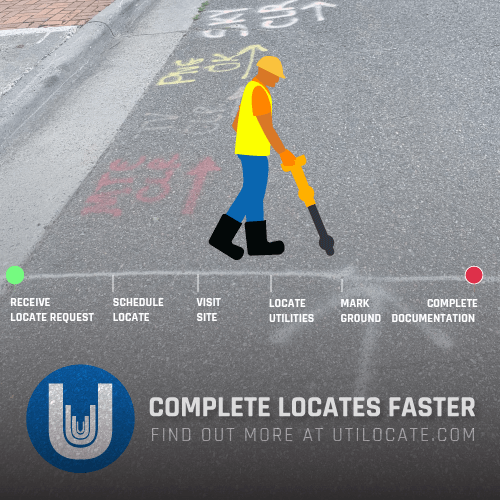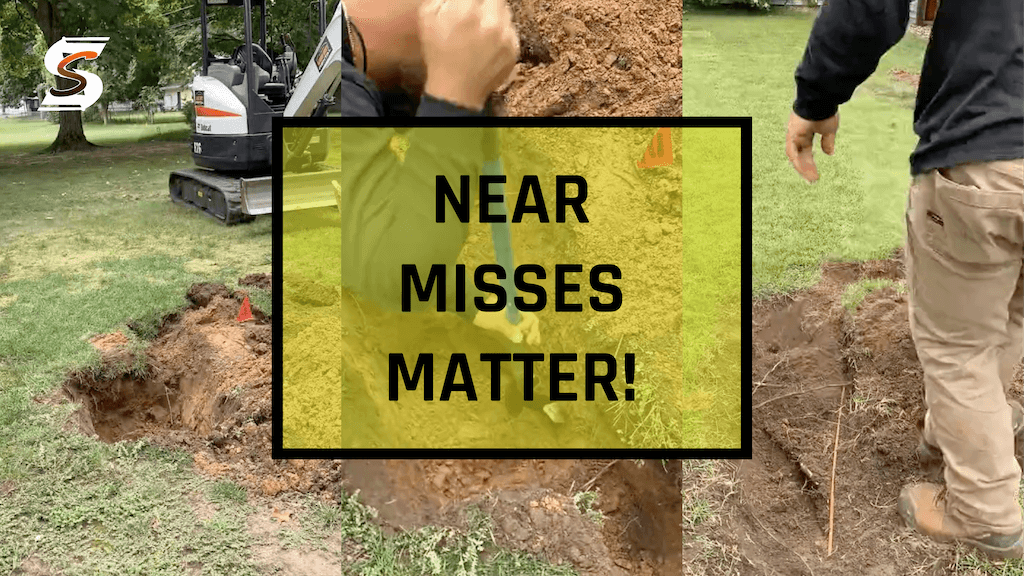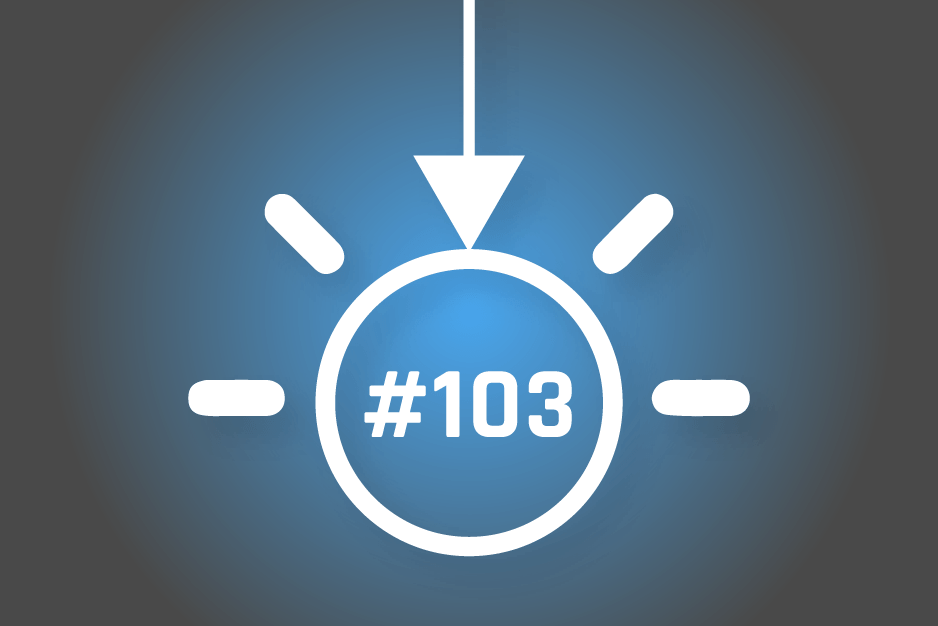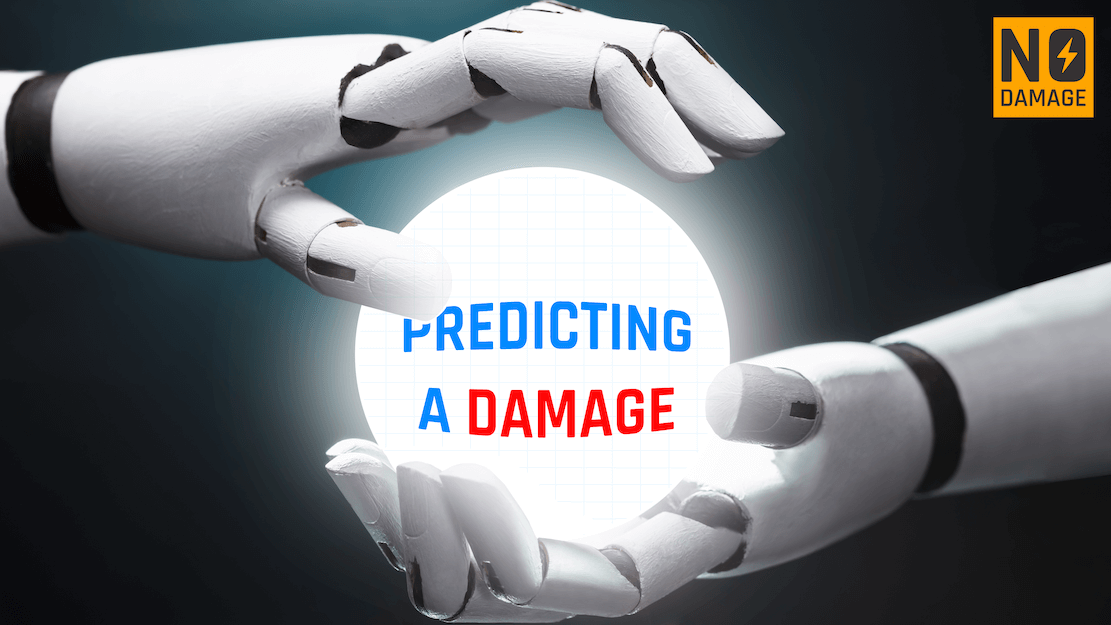
I caught up with an old friend last week during a break at the CGA conference, and we reminisced and talked about the future. One thing he said to me really stuck out: "It's like we have all this valuable data scattered around - utility locator maps, weather reports, past damage records - but we're not synthesizing it effectively.” It reminded me of those old stories where folks were hauling water from the river in leaky buckets instead of just digging a well "So how do we become the well-diggers? That is; how do we properly collect and integrate all our data streams?
In my opinion we need to use our ticket management systems as centralized reservoirs to pull in all the relevant data - from 811 locator requests to geographic surveys to risk modeling AI.
The Data-Driven Future of Damage Prevention
As highlighted at the CGA conference, the damage prevention industry should be proactively addressing risks through pre-planning, intelligent data integration and real-time monitoring. This approach is vital for achieving the 50 in 5 goal, as current methods can't deliver it alone.
While the industry has no shortage of data sources available, from utility locators to GIS to historical records, much of this valuable information has remained siloed and underutilized. Too often, crews have lacked a unified, contextualized view of all the risk factors surrounding a particular worksite.There’s a major gap right now between the data locators gather and what excavators actually receive. They’re not getting a full picture.
This is quickly changing as construction firms implement centralized ticket management systems that combine all relevant data streams into one seamless platform. By integrating locator requests, GIS mapping, weather data, risk modeling AI and more, these solutions provide crews with unprecedentedly comprehensive visibility into every job's potential hazards before work begins.
Such sophisticated data consolidation is key for genuinely operationalizing a prevention-first approach rooted in consistent risk assessment and mitigation. Rather than attempting to control damages after the fact, contractors and excavators can continually monitor integrated data insights to get ahead of issues. Forewarned is forearmed.
As my friend might have remarked if we had kept pushing our water allegory, "We've been hauling water with leaky buckets for too long. The frontier of damage prevention lies in intelligent reservoir systems that synthesize all our data streams into embodied foresight. Quality data consolidation platforms are stopping wasteful, reactive damage control in its tracks." Maybe he’d have plugged Utilocatetoo
The CGA's "50 in 5" goal exemplifies the need for change.By confronting risks promptly and decisively, organizations can safeguard their infrastructure, reputation, and stakeholders' well-being, thereby fortifying themselves against potential liabilities. By daring to experiment, learn from failures, and pivot with agility, organizations can transcend the status quo and usher in a new era of efficiency and resilience.
Historical Learnings
One thing I heard mentioned was how we can leverage data from damage investigations to create targeted training programs and I just wanted to take a moment and restate it. “Those who do not learn history are doomed to repeat it.” So using damage investigation data is a strategic imperative that holds the potential to significantly enhance safety standards and drive down damages within the industry. By meticulously analyzing the root causes and contributing factors behind each damage incident, organizations can glean valuable insights that serve as the foundation for impactful training initiatives. This is another reason to use your ticket management system as a data repository - because then you can leverage, notice trends and empower your workforce. AI is not the only thing that can learn from historical data, we want to train up workers in the field to be good critical thinkers also, which means building on our past.
Conclusion
While implementing these integrated data strategies requires investing in new processes and technologies, the CGA conference crystallized that the true risk is failing to evolve toward smarter ways of operating. Those who embrace intelligent data consolidation will be equipped to tackle ambitious safety goals head-on. Those who remain anchored in fragmented, reactive approaches will only endure continual damages and missed opportunities.
By drawing inspiration from such success stories, stakeholders are encouraged to adopt a full-picture solution mindset—one that encompasses technological advancements, industry best practices, and a relentless commitment to continuous improvement. Together, let us build upon the insights garnered, translate them into actionable strategies, and collaborate towards a safer, more sustainable infrastructure ecosystem—one where efficiency, productivity, and resilience converge in a harmonious symphony of progress.
Share this Post











